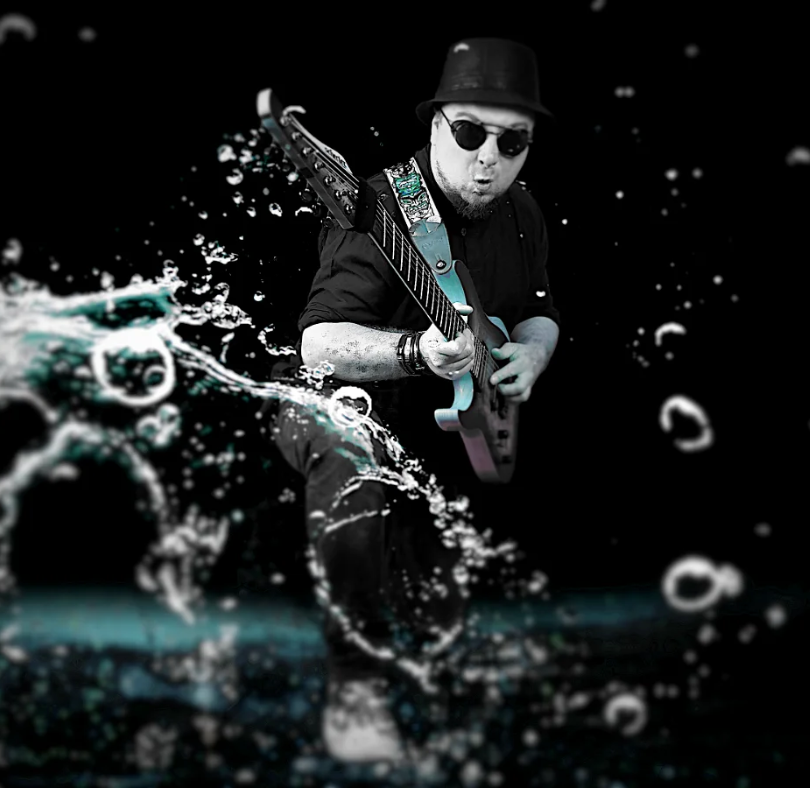
Creating Space with Reverb

Albert S
Composer | Producer | Pianist | Guitarist
Reverb. Okay yeah for the guitar players amongst us it’s going to be in a pedal isn’t it? And you’ll turn it up and sound like you’re in a tunnel or going through a wormhole or something…
I want to talk about reverb in a physical/environmental sense as well as from a production point of view.
Part 1: Real Environment

The message, then, is to think really carefully about what a piece of music is going to be, and what the requirements of the piece are before you set out to record. Not everything needs to be built from the ground up in a studio, we can utilize different environments to our advantage to enhance the storytelling.
Let me put a real-world scenario to you:
You’ve been hired to score a perfume advert. It’s a short visual and happens across two locations.
The advert starts out in a hotel room with a single protagonist getting dressed. In the score at this point is simply a solo trumpet playing. In the second scene the subject enters a huge hall where a high class ball is happening. The musical accompaniment here is a large string section.
Think about both of these sonic elements…
From the trumpet’s point of view, the scene is lonely. So how do we make a trumpet lonely? Maybe we go outside and record it in a field or a wood with the mic very far away from the instrument. This give the recording an element of isolation.
In the second scene when the strings are playing, it’s a big hall. We want the strings to reflect this in their nature so they fit properly with the visual. Finding a similar venue to track them in is the best organic solution. We want the ambience of each part to reflect perfectly the situation it is portrayed in.
Now, take a similar approach with your own work. Be very considerate of what imagery or story the piece is trying to convey, and select recording environments accordingly. This will put you miles ahead with regard to how everything sits in the track and sound of the overall track.
Secondly, it will save you mountains of time! Think about my example earlier; why spend hours with a really raw stem that’s been recorded in a dead space when you could go and get the effect organically in a real environment.
Part 2: Synthetic Reverb
When adding reverb to elements in a mix there are two important things consider:
First of all please don’t add too much or set your reverb buses too high in the mix.
Make sure you’re happy with it of course; but stay on the side of caution. It’s very easy to get carried away only to discover it has ruined your track for mastering…..
We’ll move on to mastering in a couple of blogs time but essentially a big component of it is compression. The effect of reverb will be amplified during this process and could serve to muddy the mix and reduce the overall volume of the track if there is too much there.

Secondly, you’ll be surprised how long you need a reverb tail to be so it feels natural.
Sound is a very powerful thing. It moves through the air at over 750mph so it doesn’t just stop very easily after a couple of seconds.
Examine the type of environment you think the instrument should be in. How will that environment react to the instrument? How long the sound will take to die away, and what character will it take on while it does so?
For an exaggerated example, say we have a raw recording of a drum hit and want to make it sound like it’s in a tunnel.
The initial sound is very sharp, so the resonance in the tunnel is going to give you a bit of a bouncy tail.
Think then about how the sound will envelope. It will get darker as the tail moves away down the tunnel so consider reducing the brightness of the reverb as it progresses. You’ll also get a bit of Doppler effect, so maybe you want to gradually lower the pitch of the reverb as it dies away.

Closing Thought
Always keep check along the way of which elements of a mix really need reverb.
Drum-wise yes maybe I want my snare to sound big and have a bit of echo to it. The kick and basses, however, need to define the mix – do we need any reverb at all down here?
What about the highs? Be careful of adding too much reverb to a tambourine, hi hat or other percussion elements as it could dull their attack. Really get thinking which parts of a mix you want to sound big, and which parts you want to sound tight.
Lastly, being selective with reverb can also be a creational tool – get inventive with it! Say you have one stem in a track which has a lot of reverb on it, and there’s another part playing at the same time with none at all. The contrast between those two parts could really characterize the track, giving a unique sonic identity to draw a listener in.
About PIVODIO™ Coach Albert S.
Albert S. is a composer, producer, pianist, and guitar player based in St Albans, UK. He began playing the piano at the age of five and picked up the guitar when he was 11.
In addition to performing live, he is currently composing music for synchronization projects such as advert jingles and is preparing for his first film score in Autumn 2023. His client portfolio to date includes Once Upon a Time Agency, Altitude Film Studios, Monkey Shoulder Whisky, and BrambleTyne Games.
His skills encompass composition, writing, arranging, mixing and production, mastering preparation, improvisation on piano and guitar, advanced guitar techniques, and providing guitar tone ideas.